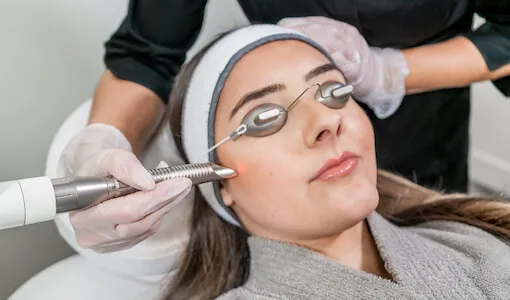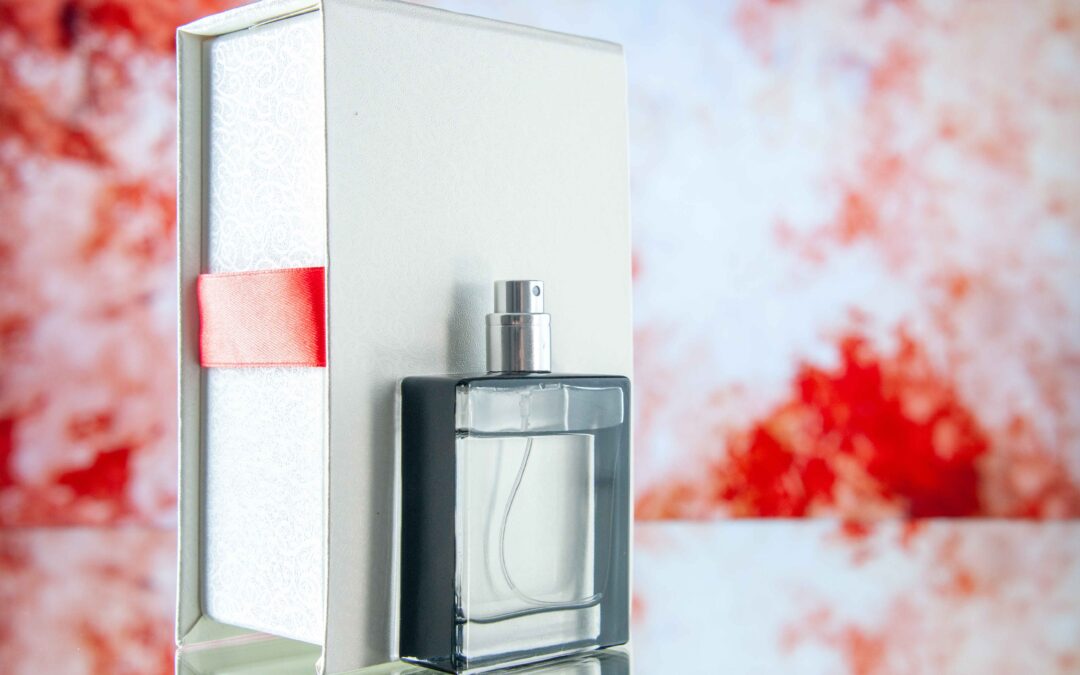Laser‑Based Pigmentation Treatments
These treatments use concentrated light or laser energy to target melanin (pigment), breaking it down or prompting skin renewal. They tend to give faster and more dramatic results, especially for deeper pigmentation.
Pico‑Laser Therapy
Pico lasers deliver ultra‑short pulses of energy that shatter pigment particles. Because of the brevity of each pulse, there is less heat damage to surrounding tissue, making them quite suitable for persistent pigmentation such as melasma and age spots. They also stimulate collagen, which helps improve texture alongside tone. This is among the go‑to laser treatments for stubborn pigmentation in Abu Dhabi.
Fractional CO₂ Laser
Fractional CO₂ lasers work by creating micro‑injuries in the skin. These allow for regeneration of skin layers, breaking down pigment and encouraging the growth of healthy skin. They are useful when pigmentation is deeper or combined with texture problems (for example, scars or unevenness).
Q‑switched Nd:YAG Laser
This laser emits bursts of light energy targeted to pigment particles. It is often used for surface or moderately deep pigmentation (such as sunspots, freckles, or post‑inflammatory dark spots). It tends to be safer across more skin tones when properly adjusted.
Laser Toning (Low‑Energy, Repetitive Lasers)
Laser toning involves using low‑energy lasers in repeated sessions to gradually fade pigment without aggressive tissue removal. It is gentler and may be preferred for sensitive skin or for maintenance after more aggressive treatments.
Non‑Laser Pigmentation Treatments
These are approaches that do not involve lasers. They are often used alone for milder pigmentation, or in combination with laser treatments for better results and maintenance.
Chemical Peels (Medical‑Grade)
Chemical peels apply agents to exfoliate the outer layers of skin. They help with surface‑level pigmentation, dullness, and uneven tone. Depending on the strength, they may reach into slightly deeper layers to improve pigment deposition. Multiple sessions are typically needed for optimal results.
Microneedling (with or without Adjuncts)
Microneedling creates micro‑channels in the skin to stimulate natural healing and collagen production. When combined with certain brightening serums or growth factors, it can help diminish pigmentation, especially post‑inflammatory dark marks. It also improves skin texture.
Intense Pulsed Light (IPL) Therapy
Though technically a “light‐based therapy” rather than a laser, IPL uses broad-spectrum light to target melanin. It is best for sunspots, freckles, and general discoloration. The depth of penetration is less than many lasers, so it works well for more superficial pigmentation.
Skin Brightening Facials and Skin Resurfacing Methods (Non‑Ablative)
Facials with brightening agents, mild resurfacing techniques, and non‑ablative tools can gradually even out skin tone. They are gentler and useful for maintenance, mild pigmentation, or those who wish to avoid downtime.
Matching Treatment to Your Pigmentation Type
Choosing the right treatment depends on factors like:
-
How deep the pigmentation sits (surface or deeper in skin layers)
-
The type of pigmentation: whether sun‑induced, post‑acne, hormonal (melasma), or freckles
-
Skin tone and sensitivity
-
Tolerance for downtime or multiple sessions
For example, very surface pigmentation might respond well to IPL, chemical peels, or gentle microneedling. Deeper or mixed pigmentation often needs more powerful laser modalities.
Combining Approaches
Many successful treatment plans in Abu Dhabi combine laser and non‑laser methods. For example, starting with laser therapy to reduce stubborn pigmentation and following up with peels or microneedling to maintain tone. In all cases, high protection from UV exposure is essential to preventing recurrence.
What to Expect During Treatment and Recovery
Treatment sessions vary in duration depending on the area and method. Gently caring for skin after treatments, avoiding direct sun, and using recommended skin care products help in achieving good outcomes. Gradual improvement is often seen over several weeks. Multiple sessions are often required.
Frequently Asked Questions (FAQs)
What kinds of pigmentation respond best to lasers?
Deeper pigment clusters (such as those from hormonal changes, melasma, or sun damage) often respond better to high‑precision lasers (e.g. Q‑switched, pico lasers, fractional lasers). Surface‑level dark spots, freckles, or post‑inflammatory pigmentation can also respond well, but may need gentler or less aggressive laser settings.
Is IPL a type of laser treatment?
IPL is more of a broad light or intense pulsed light therapy rather than a coherent laser light. While it works on similar principles (light targeting pigment), its energy penetration and specificity tend to be less precise than many lasers. It is well suited for more superficial pigment issues.
How many sessions are typically needed?
Often several sessions are needed for good results. For non‑laser methods or gentler laser settings, more sessions spaced over weeks may be required. Pigmentation that is deeper usually requires more sessions with higher power modalities.
Can treatments be mixed or combined?
Yes. Many treatment plans use combinations: lasers for rapid reduction, coupled with skin resurfacing, chemical peels, or microneedling for maintenance. Combination often yields better, longer lasting results.
Are treatments tailored by skin tone?
Very much so. Skin tone influences which lasers and settings are safe and effective. Darker skin tones may need more careful selection of wavelength and energy, to avoid uneven pigment responses. Qualified practitioners assess skin type before recommending a plan.
How long before visible improvement?
Improvement is often gradual. Some changes may be apparent after one session, especially for surface pigmentation, but deeper pigmentation often shows visible lightening only after multiple treatments over several weeks or months.







0 Comments